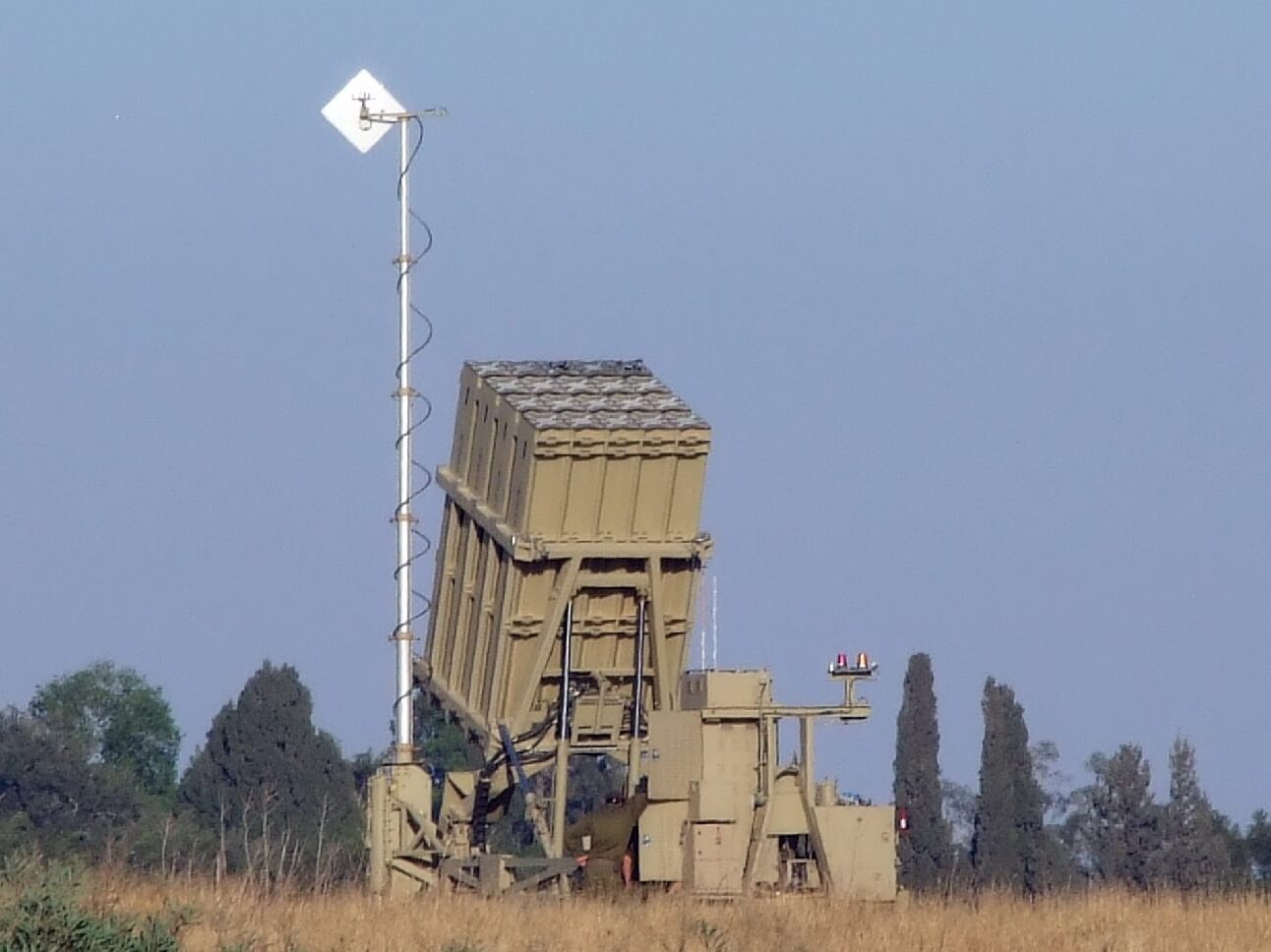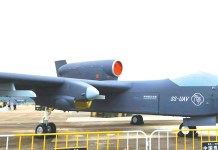The US Army has completed an interceptor test of the Israeli Iron Dome Air Defense System. It was the second such test after two batteries of the surface-to-air missiles were delivered to the US Army in 2020.
China’s Own ‘Sarmat Missile’ Spotted Amid Tensions With US; Internet Flooded By Beijing’s Military Movement
Shot-Down! Russian Tu-95 Bombers Attack Ukraine; Kiev Says Its Fighter Jets Knocked Out Scores Of Russian Missiles
The test was conducted at White Sands Missile Range, New Mexico, in June, in coordination with the Israeli Missile Defense Organization (IMDO), as per the statement of the Israeli Defense Ministry.
The organization’s director, Moshe Patel, said that in this test, “the system intercepted all the threats while being interoperable with US systems.”
The ministry noted that the test took a critical step toward fielding the first of two Iron Dome Defense System-Army (IDDS-A) batteries.
“Once again, the Iron Dome has proven its effectiveness and operational capabilities in combat scenarios,” said Brigadier General (Res.) Pini Yungman, Executive Vice President and Head of RAFAEL’s Air & Missile Defense Directorate.

“As part of the US Army’s operational training, American troops operated the system which functioned with optimal effectiveness against a variety of threats and intercepted targets from different ranges,” Yungman further said.
According to the statement issued by Rafael, IDDS-A will defend the US Forces within fixed and semi-fixed locations against sub-sonic Cruise Missiles (CM), Groups 2&3 Unmanned Aircraft Systems (UAS), and rockets, artillery, and mortar threats.
“It’s important to understand that implementation for the US is about the ability to integrate this system into our air defense picture,” said Maj. Gen. Brian Gibson, Director of the US Army’s Air and Missile Defense (AMD) Cross-Functional Team (CFT).
“We need to integrate this into our US architecture and to give confidence to our regional commanders that we can integrate this system safely into what they have,” he added.
The revelation of the test comes shortly after the US Marine Corps completed a successful test of the Iron Dome’s Tamir interceptor missile at the same range, during which the Tamir interceptor was able to thwart several cruise missile targets from different directions and in different trajectories.
The test was intended to examine the successful integration of the Tamir interceptor with the Marine Corps’ Gator radar and CAC2S combat control system, collectively referred to as Medium-Range Intercept Capability (MRIC) prototype.

Brigadier General (Res.) Yungman said at the time that the successful completion of the test had showcased the capability of Rafael Systems to integrate optimally with other defense systems, which is an important message for customers in the US and International Market.
Iron Dome has been operated by the Israeli Defense Forces (IDF) for over a decade, initially against short-range rocket threats from the Gaza Strip. Later, the system was upgraded to counter various types of emerging threats.
WATCH as the Iron Dome Aerial Defense System intercepts rockets over southern Israel: pic.twitter.com/xUz3bMuTzz
— Israel Defense Forces (@IDF) May 12, 2021
For example, in May 2021, IDF announced that the Tamir missile from its Iron Dome system had intercepted an Unmanned Aerial Vehicle (UAV) of Hamas, marking the first instance of the Iron Dome intercepting a drone.
US Army Plans To Deploy Iron Dome
The US Army acquired two Iron Dome batteries from Rafael as an interim solution for cruise missile defense until the service’s own Indirect Fires Protection Capability (IFPC) is developed for defense against cruise missiles and drones.
One of those Iron Dome batteries was also sent to the Andersen Air Force Base in Guam in October 2021 as part of an experimental deployment dubbed “Operation Iron Island” to test the capabilities of the system against cruise missile threats through simulations and gathering data on how to integrate Iron Dome with the US Army’s existing air defense systems.
In March 2022, the US Army said that one or two of these IDDS-A batteries could be installed at one or two of seven possible locations in the Continental US, which included Fort Bliss, Texas; Fort Hood, Texas; Fort Campbell, Kentucky; Fort Riley, Kansas; Fort Sill, Oklahoma; Fort Stewart, Georgia; and Joint Base Lewis-McChord, Washington.
The service plans to field these two IDDS-A batteries by September this year.
Each IDDS-A battery comprises around 60 soldiers, 13 heavy expanded mobility tactical trucks, six missile-firing units, one radar system, battle management, communications systems, and support equipment.
Even Ukraine sought the Iron Dome system from Israel to defend against the ongoing Russian missile attacks. However, Israel has been reluctant to send military aid to Ukraine, except for some helmets and flak jackets as a symbolic gesture to maintain its relations with Russia.
In June, the Ukrainian ambassador to Israel, Yevgen Korniychuk, urged the Israeli government to “get back to reality” and sell its Iron Dome air defense system to Ukraine.
- Contact the author at tanmaykadam700@gmail.com
- Follow EurAsian Times on Google News




